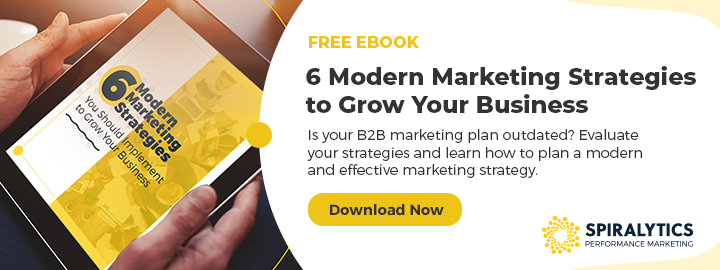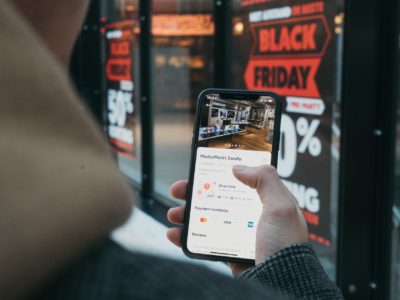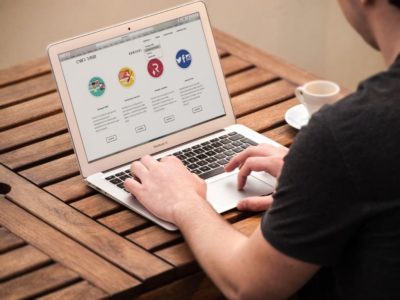It’s impossible to overstate the importance of optimizing your ecommerce site’s product pages for conversion. After all, product pages represent the last point at which you’re able to persuade your leads to put aside their doubts and become your customers.
All the effort and money you spent to bring your lead to this moment – the moment where they need to make a decision – would be wasted if you can’t convince them to make the right one.
Product pages are an incredibly powerful weapon in the store owner’s arsenal. But, like all weapons, they need to be used correctly to be as effective as possible.
Let’s take a look at what some ecommerce sites are doing to get the most out of their product pages.
1. Hit Those Unique Selling Points Hard
Put yourself in an online shopper’s shoes for a moment. You have a credit card and you live in a country where shipping isn’t an issue. The internet is your oyster. You have no shortage of options.
Now think about what you’d want to see on a product page to help you choose one product over another. If you’re anything like me and many other discerning shoppers, you’d want to see what sets this particular product apart from its competitors.
These unique selling points can be so captivating – so convincing – that they may even stop the comparison process altogether and prompt an impulse buy.
For an excellent example of how to communicate unique selling points clearly and elegantly, take a look at SomniFix’s product page. The mouth strip manufacturers are clearly aware that they’re selling a very unique product – one that needs a bit of “positioning” with the target audience. Many people have never considered mouth strips to combat snoring and assist with sleep, so SomniFix goes all-in with helpful info and USPs.
image source: somnifix.com
The four main reasons to buy their product are shown right above the most visible part of the page – the gallery. Three of these four USPs have a helpful tooltip flyout that expands on its message. This is a really smart way to present a lot of info without using too much valuable real estate.
Further down the page, under the heading “How Somnifix Works,” the visitor is shown a more detailed list of reasons why this product will solve their pain points.
To get the most out of your product pages, you have to shine a very bright spotlight on what makes your stuff so special. Make sure you offer meaningful and credible information. At this point in their journey, your leads are not interested in vague promises or fuzzy marketing-speak.
2. Include Video in the Product Gallery
Video engages site visitors in a way that text and imagery simply can’t. The combination of audio, text, and moving images makes a video an incredibly effective way to showcase a product.
It’s not only common sense that compelled me to write this. There’s some solid evidence proving the relationship between product videos and increased conversion rates.
Here are some stats for you.
- Leads are 64% – 85% more likely to make a purchase after watching a product video.
- 69% of your potential customers would rather watch a video describing your product than reading a wall of text.
- In the four years between 2016 and 2020, the number of businesses using videos has increased by 41%.
- A staggering 78% of surveyed businesses said that video has directly resulted in a sales boost.
If you’re on a budget and can’t afford a pro videographer, there’s a ton of online material to help you upskill in this area. While I’m hesitant to say that shooting and editing a product video is easy, it certainly isn’t rocket science. With a bit of patience and hard work, you shouldn’t have any trouble producing content that’s more than adequate.
For an example of a product page that uses video to terrific effect, take a look at what LFA Capsule Fillers did.
image source: lfacapsulefillers.com
The product video has been cleverly incorporated into a standard product gallery, so there’s no worry that it would take up additional space on the page. Furthermore, the video is short and it never strays from its primary focus. In less than 90 seconds, potential customers find out everything they possibly could from reading an entire page of descriptions.
3. Use Emotion to Generate Emotions
Generating powerful emotions with your site visitors is a very effective way to make your product page stand out. Even if it doesn’t immediately trigger a sale, the feelings the person felt while browsing your site are bound to have left an impression that they can’t shake while browsing your competitors’ sites.
It’s important to specify that I’m not talking about using highly emotive sales language here. There are way more effective methods of creating emotions with your audience than clever, sales-focused words.
I’m talking about mechanisms like this one used by Zoma on their product page – a countdown timer at the top of the page showing visitors exactly how many days or hours or minutes they have left to take advantage of a special offer.
image source: zomasleep.com
FOMO (fear of missing out) is an incredibly useful feeling to create and leverage to boost your sales. In fact, some case studies have found that countdown timers are so effective at prompting impulse buying that they’ve doubled a site’s sales.
4. Offer Genuine and Useful Social Proof
People want to see that your products and your brand can be trusted. And few things do this as effectively as credible social proof.
Showing your leads that regular folk just like them have bought the product they’re looking at and that they’re super happy with it is a massively important aspect of product page design.
Social proof has become such an intrinsic part of ecommerce that it’s very easy for shop owners to simply go through the motions when illustrating it. Avoid this pitfall at all costs. When designing your product page, think of customer reviews as a content section that’s as important as any other on the screen.
Take a leaf from Zappos’ book and use reviews to add exceptional value to the potential customer’s experience on your product page. The online fashion retailer has thought outside the box and used customer interaction to generate some unique and extremely helpful sales information.
Moving beyond the absolute basics of reviews, like star-ratings and brief descriptions, Zappos give their leads hyper-granular product information that’s specific to each item type. They offer insightful information like how a shoe accommodates wide feet or how much arch support it provides.
image source: zappos.com
Zappos understands that this knowledge can only come from its customer base, so they created a feedback form unique to each product type. These forms enable reviewers to generate highly specific sales content. This content goes a long way towards generating exceptional credibility for not only the product but also the brand itself.
Some Final Thoughts – Embrace the Journey
If you’re reading an article like this, chances are you’re already aware that your product pages are in need of an improvement. Here’s something you may not be aware of, however: product pages can always be improved.
You’re never going to get to a place where they’re perfect, and that shouldn’t be your goal. Your goal should be to improve on them incrementally by consistently doing research. That involves reading articles like this one, making changes, doing A/B tests, and measuring performance.
Accept that chasing a better conversion rate is a never-ending mission. That’s where a large part of ecommerce success lies – in accepting that your site can always do better and having the dedication to constantly pursue improvement.
Accept this fact and embrace it.





